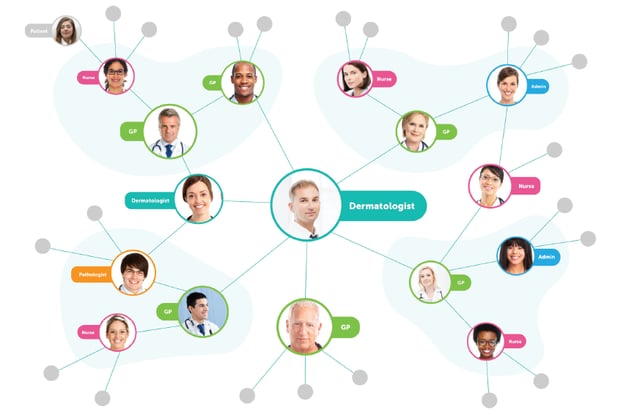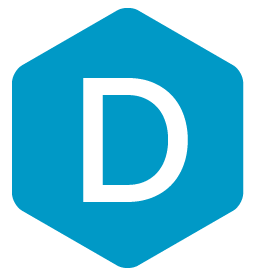Teledermatology
On the surface, teledermoscopy allows medical professionals to remain connected to their patients, provide care to a wider geographical area than in-clinic visits would allow, and (arguably) enhances workflows. However, and additional benefit as argued by researchers is the ability for teledermatology to be utilized as an educational tool.
For example, a study in Denver (see above) set out to determine the value of teledermoscopy for educational purposes as decided by medical students and residents. The study concluded that 79% of residents and 88% of medical students found teledermoscopy to be an important learning tool. Seeing as approximately half of all US hospitals have a telemedicine program of some form, it is easy to see how this telemedicine for dermatoscopy offers the accessibility to become a key point of learning for medical professionals."Medical students and residents were most satisfied with the competencies of practice-based learning and improvement and medical knowledge... Overall, TD is valued as a teaching tool for dermatology in the areas of patient care, medical knowledge, practice-based learning and improvement, and systems-based practice."- Boyers et. al

Content-Based Image Retrieval
Another example of technology being used as an educational tool designed to support medical professionals in their practice is content-based image retrieval (CBIR). Powered by artificial intelligence (AI), these algorithms are designed to provide the user with visually similar images to their case. A prime example of this already being put to use is DermEngine's Visual Search, designed to drastically reduce the amount of time spent on patient cases, thus enhancing workflow efficiency and quality of patient care with better informed clinical decisions.
When you submit a dermoscopic image, Visual Search provides you with similar images from a database of thousands of pathology-labeled images gathered from expert dermatologists around the world. This tool uses deep learning techniques to search for similar images solely based on visual features such as color,
A third and final technology that this article will discuss is the use of professional networking tools. Although social media are typically seen as inappropriate for the medical community, what about ones that allow dermatologists, pathologists, and GPs to remain connected to one another? By having your colleagues connected to you via a professional platform, you are able to perform actions such as review patient cases, provide referrals, and offer deep insights from within your own clinic while expanding your practice.

By having a professional networking tool integrated within an advanced skin analytics platform, dermatologists are able to facilitate second opinions and communication. Additional tools for the identification and management of skin conditions such as skin cancer will allow for faster, more reliable and profitable integrated medical care.
ConclusionIn conclusion, medical professionals are gaining access to unique tools designed to support and educate different aspects of their practice. Only a few examples of this trend are telemedicine (in the area of dermoscopy), online networking and referrals, as well as clinical decision support tools through the use of machine learning. By offering such valuable tools, doctors, medical students, and researchers alike are gaining access to quality resources that hold the power to revolutionize the way they learn.





